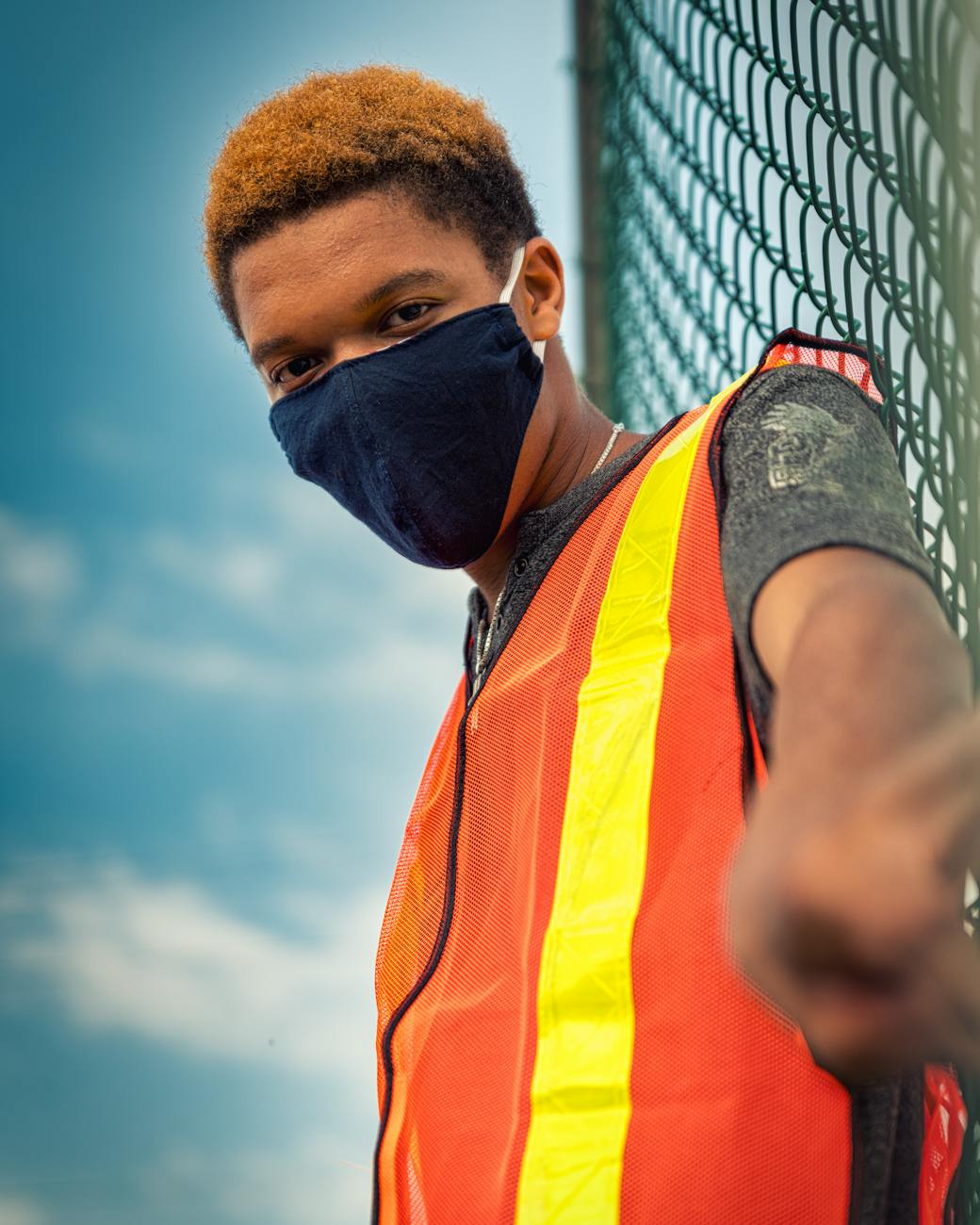
5 “What Would You Do?” Scenario Questions for Safety Officers
Safety officers play a critical role in ensuring workplace safety, compliance with regulations, and emergency preparedness. These scenario-based questions help assess their decision-making skills, knowledge of safety protocols, and ability to handle real-world challenges.
Below are five hypothetical “What Would You Do?” scenarios relevant to safety officers, along with model answers.
Scenario 1: An Employee Refuses to Wear PPE
Situation: A worker in a manufacturing plant refuses to wear safety goggles, claiming they are uncomfortable and unnecessary for their task.
What would you do?
Model Answer:
- Educate – Explain the risks of not wearing PPE (e.g., eye injuries from debris).
- Listen – Ask why they find the goggles uncomfortable and explore alternatives (e.g., different styles).
- Enforce – If they still refuse, follow company policy (written warning, suspension, or removal from the task).
- Document – Record the incident for compliance purposes.
Scenario 2: Discovering a Major Safety Hazard
Situation: During an inspection, you find exposed electrical wiring in a high-traffic area.
What would you do?
Model Answer:
- Immediate Action – Barricade the area and post warning signs.
- Report – Notify maintenance and management for urgent repairs.
- Investigate – Determine why the hazard wasn’t reported earlier.
- Prevent Recurrence – Recommend regular electrical safety audits.
Scenario 3: Fire Drill Non-Compliance
Situation: Several employees ignore a scheduled fire drill, staying at their workstations.
What would you do?
Model Answer:
- Remind – Announce the legal and safety importance of drills.
- Discipline – Issue warnings per company policy.
- Reinforce Training – Conduct a refresher session on emergency procedures.
- Evaluate – Check if drills are scheduled at inconvenient times.
Scenario 4: Chemical Spill Incident
Situation: A hazardous chemical spills in the lab, and an untrained employee attempts to clean it.
What would you do?
Model Answer:
- Stop the Employee – Prevent exposure risks.
- Contain the Spill – Use proper PPE and spill kits.
- Evacuate if Necessary – Follow emergency protocols.
- Review Training – Ensure all employees handling chemicals are properly trained.
Scenario 5: Worker Fatigue Leading to Safety Risks
Situation: A construction worker shows signs of exhaustion, increasing accident risks.
What would you do?
Model Answer:
- Temporary Removal – Relieve them from high-risk tasks.
- Discuss Causes – Check for overwork or health issues.
- Adjust Schedules – Implement rest breaks or shift rotations.
- Promote Awareness – Educate teams on fatigue-related hazards.
Conclusion
These scenarios test a safety officer’s ability to balance enforcement, education, and emergency response. The best approach combines immediate action, clear communication, and long-term prevention strategies.
10 Must-Know Questions About Fall Protection Gear
Process Safety Management (PSM) Interview Questions & Answers
Root Cause Analysis (RCA) Interview Questions & Answers
How to Answer: ‘Why Should We Hire You as a Safety Officer?’ (7 Winning Responses)
30 NEBOSH IGC Interview Questions & Answers (2025)
FAQs
How should a safety officer handle repeated safety violations?
Document each incident, escalate disciplinary actions, and provide additional training to address the root cause.
What’s the first step in an emergency situation?
Assess the risk, secure the area, and follow established emergency protocols (e.g., evacuation, first aid).
How can safety officers encourage compliance without conflict?
Use positive reinforcement, explain the “why” behind rules, and involve employees in safety discussions.
When should a safety officer involve management?
For major hazards, repeated violations, or when additional resources are needed for corrective actions.
What’s the best way to stay updated on safety regulations?
Regularly review OSHA (or local regulatory) updates, attend safety seminars, and network with industry professionals.